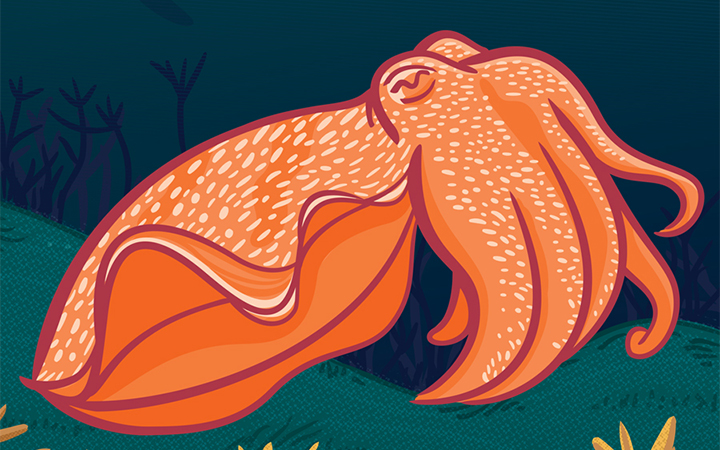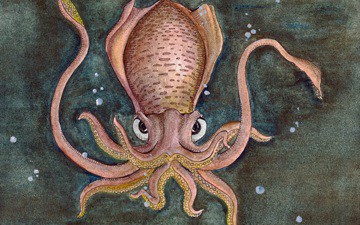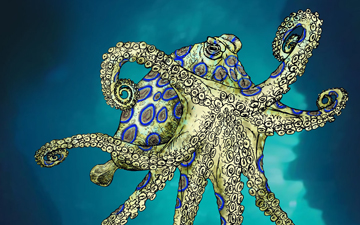Cephalopoda

Giant Cuttlefish
Sepia apama



8 POINTS
Play: The Giant Cuttlefish has a MOVE of 2.
Fact: Using cells known as chromatophores, the cuttlefish can put on spectacular displays, changing color in an instant.

Octopus
Octopus genus



9 POINTS
Play: An octopus has a MOVE of 2.
Fact: Darwin collected many samples along the coast of the Cape Verde Islands, and commented: “I took several specimens of an Octopus, which possessed a most marvellous power of changing its colours; equalling any chamaelion.”

Common Octopus
Octopus vulgaris


8 POINTS
Play: The Common Octopus has a MOVE of 2.
Fact: The Common Octopus is able to colour blend with its surroundings.

Ammonite
Ammonoidea subclass


EXTINCT | 3 POINTS
Play: MOVE of 2.
Despite their large shells that could grow up to 7 feet across, these predatory, squid-like shellfish were capable of swimming.

Bigfin reef squid
Sepioteuthis lessoniana


8 POINTS
• Sepioteuthis lessoniana has a MOVE of 2. • Sepioteuthis lessoniana can only prey on compatible crustacea and actinopterygii SPECIES with a SCALE of 4 or higher.

Greater Blue-ringed Octopus
Hapalochlaena lunulata



9 POINTS
•Hapalochlaena lunulata has a MOVE of 2.
• Hapalochlaena lunulata has brilliant blue rings which darken and glow when it is angry.